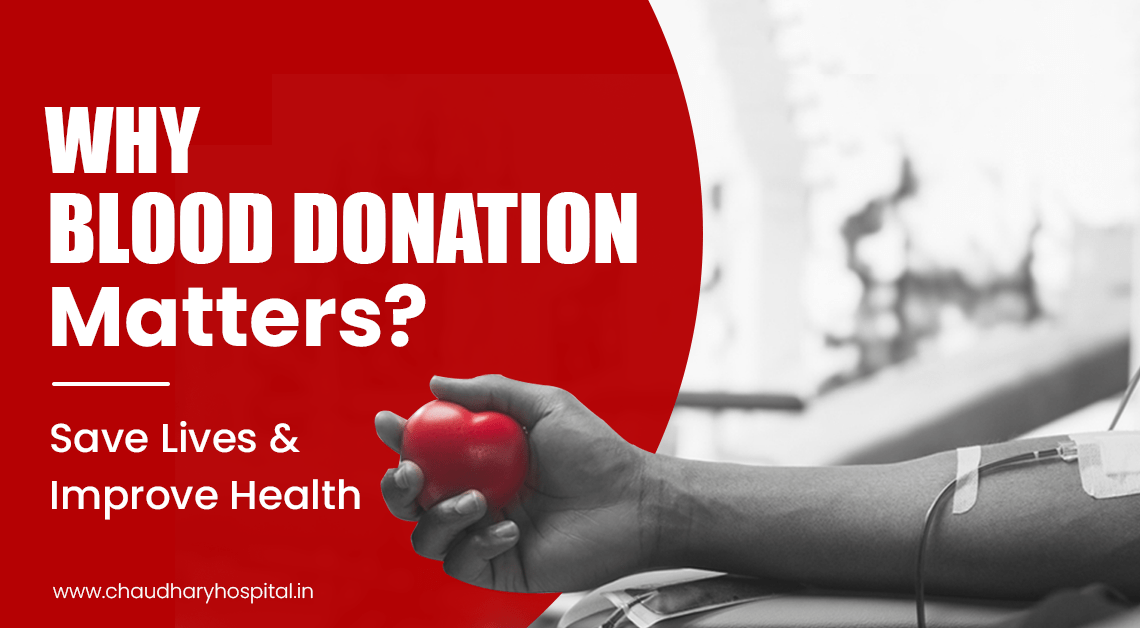क्या आपके भी रात में सोते हुए हाथ-पैर सुन्न हो जाते हैं? अगर हां, तो यह अनुभव कई लोगों के लिए सामान्य हो सकता है। लेकिन, अगर ऐसा बार-बार हो रहा है, तो यह चिंता का विषय है। जब हम सोते हैं, तो कभी-कभी हाथ-पैरों में झनझनाहट या सुन्नता महसूस होती है, जोकि अस्थायी हो सकती है, लेकिन अगर यह लगातार हो, तो इसके पीछे कई कारण हो सकते हैं, जिनकी समय पर पहचान और उपचार आवश्यक है।
इस आर्टिकल में हम सोते वक्त हाथ पैर होने के कारणों, लक्षणों और उपायों पर चर्चा करेंगे।
सोते समय हाथ-पैर सुन्न होने के लक्षण क्या है?
- झनझनाहट: हाथ या पैर में हल्की से तीव्र झनझनाहट महसूस होना।
- अंगों का सुन्न हो जाना: प्रभावित क्षेत्र में संवेदना की कमी यानी अंगों को हिलाने में असमर्थ होना।
- कमजोरी : हाथ या पैर में कमजोरी का अनुभव होना।
- हल्का दर्द : रक्तसंचार धीमा होने पर सुन्नता के साथ हल्का दर्द या बेचैनी महसूस होना।
- सुई चुभने जैसी अनुभूति : हाथ या पैर की स्थिति बदलने पर सुई चुभने जैसा महसूस होना।
- अंगों का भारी लगना : हाथ या पैर का भारी महसूस होना और उसे हिलाने में कठिनाई।
- अचानक झटका लगना : अचानक स्थिति बदलने पर हाथ या पैर में झटका सा महसूस होना।
हाथ-पैर सुन्न होने के सामान्य कारण
1. विटामिन बी की कमी
विटामिन बी शरीर की कोशिकाओं को स्वस्थ और सक्रिय रखने के लिए आवश्यक होता है। इसकी कमी से शरीर में सुन्नता या झुनझुनी की समस्या हो सकती है। विटामिन बी की कमी से होने वाली सुन्नता को रोकने के लिए अपने आहार में केले, पालक, मछली, डेयरी उत्पाद और अंकुरित अनाज का सेवन करें।
2. पेरेस्टेसिया
कई लोग सोते समय अपने हाथ को सिर के नीचे रखते हैं, जिससे हाथ की नसों पर दबाव पड़ता है और रक्त संचार बाधित हो जाता है। इस वजह से भी हाथों में सुन्नता होती है, जिसे पेरेस्टेसिया कहा जाता है। अगर यह स्थिति बार-बार होती है, तो डॉक्टर से परामर्श लेना चाहिए।
3. कार्पल टनल सिंड्रोम
यह सिंड्रोम उन लोगों में सामान्य है जो लंबे समय तक कीबोर्ड पर टाइप करते हैं या किसी मशीन पर काम करते हैं। कार्पल टनल सिंड्रोम के कारण हाथों और पैरों में सुन्नता और झनझनाहट महसूस हो सकती है। इससे बचाव के लिए काम के बीच में ब्रेक लें और हाथों की स्ट्रेचिंग करें।
4. डायबिटीज
डायबिटीज से पीड़ित लोगों में अक्सर हाथ-पैरों में सुन्नता और झनझनाहट की समस्या होती है। अगर आपको डायबिटीज है और बार-बार सुन्नता का अनुभव हो रहा है, तो ब्लड शुगर की नियमित जांच और उचित खानपान का पालन आवश्यक है।
5. नस दबने की समस्या
सोते समय अगर नसें दबने से भी हाथ-पैर सुन्न हो सकते हैं। गर्दन या रीढ़ की नसों पर दबाव पड़ने से भी यह समस्या उत्पन्न हो सकती है। गठिया, चोट या लंबे समय तक गलत पोजीशन में बैठने के कारण भी नसों पर दबाव बढ़ता है। अगर समस्या लगातार बनी रहती है, तो डॉक्टर से सलाह लें।
सोते हुए हाथ-पैर सुन्न होने से बचने के उपाय
1. नियमित एक्सरसाइज करें
रोजाना व्यायाम करना शरीर में ब्लड सर्कुलेशन को बेहतर बनाता है। अगर आप नियमित रूप से व्यायाम करते हैं, तो इससे न सिर्फ आपकी मांसपेशियां मजबूत होंगी, बल्कि सुन्नता की समस्या भी दूर होगी है। हर दिन 20-30 मिनट का व्यायाम अवश्य करना चाहिए।
2. संतुलित आहार लें
हाथ-पैरों के सुन्न होने की समस्या को दूर करने के लिए पोषक तत्वों से भरपूर आहार लेना जरूरी है। अपने आहार में विटामिन बी6, बी12 और मैग्नीशियम युक्त खाद्य पदार्थ जैसे केला, पालक, मूंगफली, सोयाबीन आदि को शामिल करें। यह आपके नसों को मजबूत बनाएंगे और सुन्नता की समस्या से निजात दिलाने में मदद करेंगे।
3. तेल की मालिश करें
तेल से मालिश करने से ब्लड सर्कुलेशन को बढ़ावा मिलता है, और अंगों की सुन्नता कम होती है। सरसों का तेल गर्म करके नियमित रूप से मालिश करने ब्लड सर्कुलेशन बेहतर बनेगा और सुन्नता को दूर करने में मदद मिलेगी।
4. हल्दी का सेवन करें
हल्दी में एंटीऑक्सीडेंट्स होते हैं, जो सूजन और दर्द को कम करने में मदद करते हैं। साथ ही यह भी ब्लड सर्कुलेशन को बढ़ाता है। सोने से पहले एक हल्दी वाला दुध पीना फायदेमेंद है।
5. अन्य
सोते समय हाथों को तकिये के नीचे न रखें, इससे तंत्रिकाओं पर दबाव पड़ता है। गर्म पानी से हाथ-पैरों की सिकाई करना भी फायदेमंद है।
इस लेख का उद्देश्य समस्या के संबंध में जानकारी देना है। अगर आप इस समस्या के संबंध में किसी भी प्रकार के लक्षण अनुभव करते हैं, तो डॉक्टर से परामर्श अवश्य लें।










